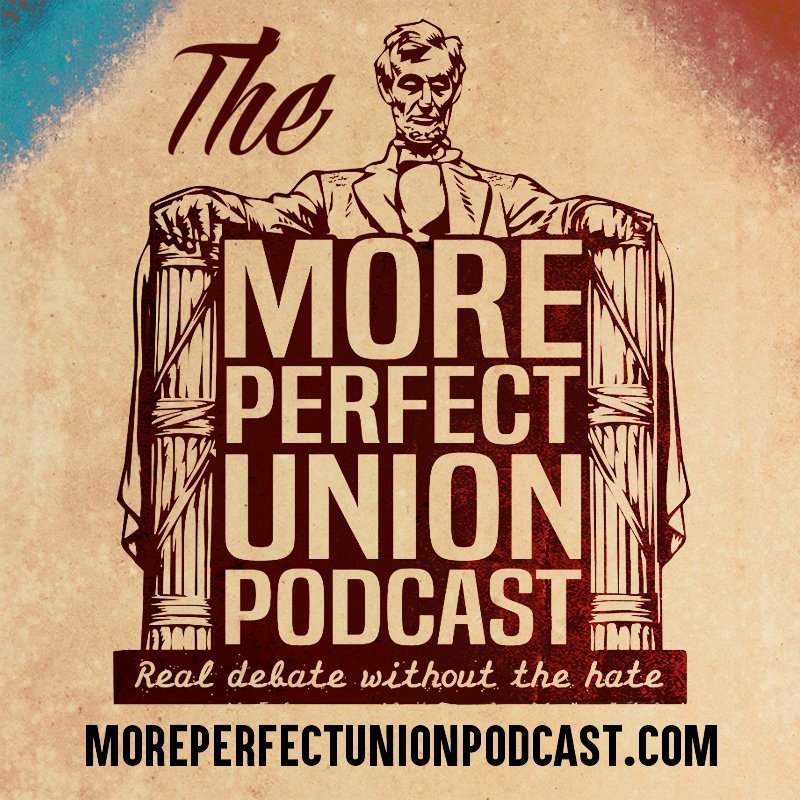

Hagiography vs. History (Why the Confederate Monuments Have To Go)

Hagiography vs. History (Why the Confederate Monuments Have To Go)
Defenders of Rebel monuments dotting public areas throughout the Old Confederacy like to insist that the history of our nation is complex, which is true. They like to forget, however, that the history of “the South” is equally complex – and that said complexity is, literally and figuratively, whitewashed by the very monuments they defend.
I am not going to claim that all Union soldiers, Civil War era Republicans, or even Lincoln cabinet members were champions of racial equality. Yet those who insist on revering Confederate “Heritage” do the reverse: they insist that all Southerners were supporters of the Confederate cause and believers in the pro-Rebel “Lost Cause” myth. That just isn’t so, and moreover, the Rebel monuments now in place in Charlottesville and other southern cities effectively erase Southern Unionists and post-Civil War anti-Supremacists – just as they were intended to do.
Contrary to the Lost Cause Hagiography, there were more than a few white Southerners who supported the Union, let alone African-Americans. Eastern Tennessee was such a Unionist hotbed that over 100 locals – upon hearing word that Union troops were headed for the area, burned five railroad bridges to hinder the Rebel response (Knoxville News Sentinel). Winston County responded to Alabama’s secession from the Union by seceding from the state. Unionists in what was then “northwest Virginia” actually succeeded in breaking away from the Commonwealth to form West Virginia. Every Southern state save South Carolina provided at least one unit of white Unionist soldiers (African-Americans were largely enlisted in United States Colored Troops regiments).
Yet this part of the South’s history was deliberately ignored – and don’t just take my word for it. Here’s Kevin Levin’s take (Daily Beast):
Southern Unionists, both black and white, may have celebrated Confederate defeat, but they continued to be persecuted owing to their wartime beliefs and actions by terrorist groups such as the Ku Klux Klan. Life was especially difficult for former slaves, who fought for the Union and now hoped to exercise the right to vote, own land, or run for public office. Their sacrifice for the Union ended in the rise of Jim Crow state governments by the turn of the 20th century.
After the war, as white Southerners erected monuments to their Confederate dead they also erected monuments to their former slaves, only they recalled not brave men who fought to preserve the Union, but their loving former “servants” who remained loyal to master and their Lost Cause. The very act of monument erection helped to erase this history for much of the 20th century.
Moreover, it wasn’t just Unionists who were victims of this erasure. Former Confederates who chose not merely to accept defeat but also work with the victors ended up down the memory hole. General James Longstreet – whom Lee affectionately called “my old war horse” – served in the Reconstruction-era Louisiana militia and supported the Republicans. While Lee is on statues throughout the Confederacy, Longstreet’s only monument is in the North (at Gettysburg). Jefferson Davis (a Mississippian) has his name adorned on US1 throughout Virginia. William Mahone (one of Lee’s last major generals, but a leader of the anti-supremacist Readjuster Party of VIrginia in the 1880s) gets a piece of US460. Confederate cavalry John Mosby was revered as the “Grey Ghost” – until he backed Grant’s re-election in 1872.
These men have also had their stories buried until the Rebel monuments – all built after the fall of Reconstruction, when overt Southern racism combined with default Northern racism to attempt literally to whitewash the Civil War.
The statues at issue are not history. They are hagiography: a glorification of a South that did not exist and of a cause that divided the 11 Confederate states for more than it united them. As Levin noted…
The removal of Confederate monuments need not result in the erasure of history. In fact, it may for the first time create the intellectual and physical space to commemorate and remember a new narrative of the past, one that corresponds more closely to the long and rich history of service and sacrifice to this nation that is recalled each year on Memorial Day.
Indeed.
D.J. McGuire is the conservative Democrat on the More Perfect Union podcast – and sometimes feels like he is the lone conservative Democrat in the country.







Those who fought directly for the Confederate armies, or specifically aided them, were traitors as defined in the U.S. Constitution.
I am unaware of any other nation-state that not only tolerated, but actively supported the honoring of traitors after their rebellion was put down as happened in the U.S.
Was it commonplace in Britain to celebrate and erect monuments to Washington and Jefferson after those self-admitted traitors rebelled against the British monarchy and declared a new independent nation?